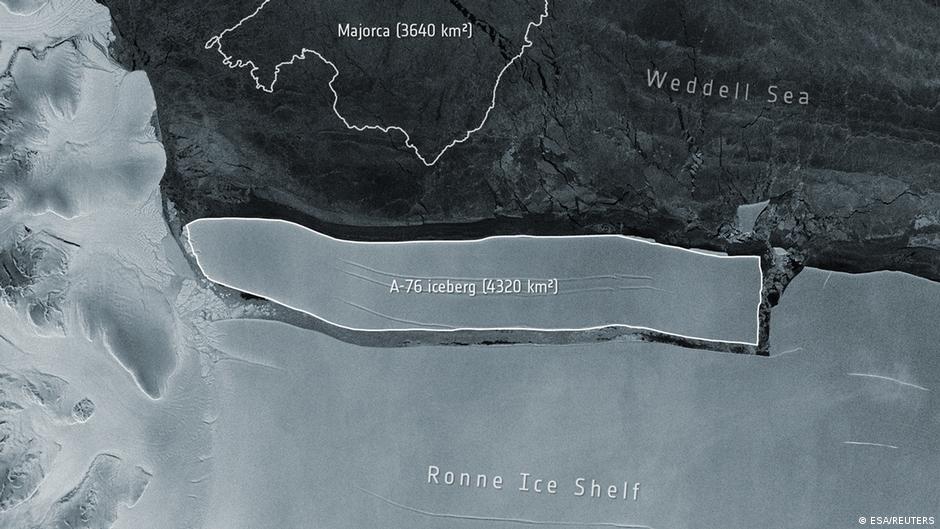World’s largest Iceberg spotted; 6.5 times bigger than Kathmandu
No ads found for this position


No ads found for this position
Kathmandu, May 20. The European Space Agency (ESA) has announced the formation of the world’s largest iceberg in Antarctica.
Through an official statement on Wednesday, the agency informed that a huge mammoth slab of ice got detached from the frozen edge of Antarctica’s Ronne Ice Shelf.
The detached slab, which is now floating on the surface of the Weddell Sea, was first discovered and measured by the British Antarctic Survey team.
A-76 measures 175 km long by 25 km wide. It has a surface area of 4,320 square kilometers, almost 6.5 times the size of the Kathmandu valley (665 square kilometers).
The image was captured by a twin-satellite polar-orbiting “Copernicus Sentinel-1” mission.
No ads found for this position
Facebook Comment
latest Video
No ads found for this position
Trending News
- This Week
- This Month

















